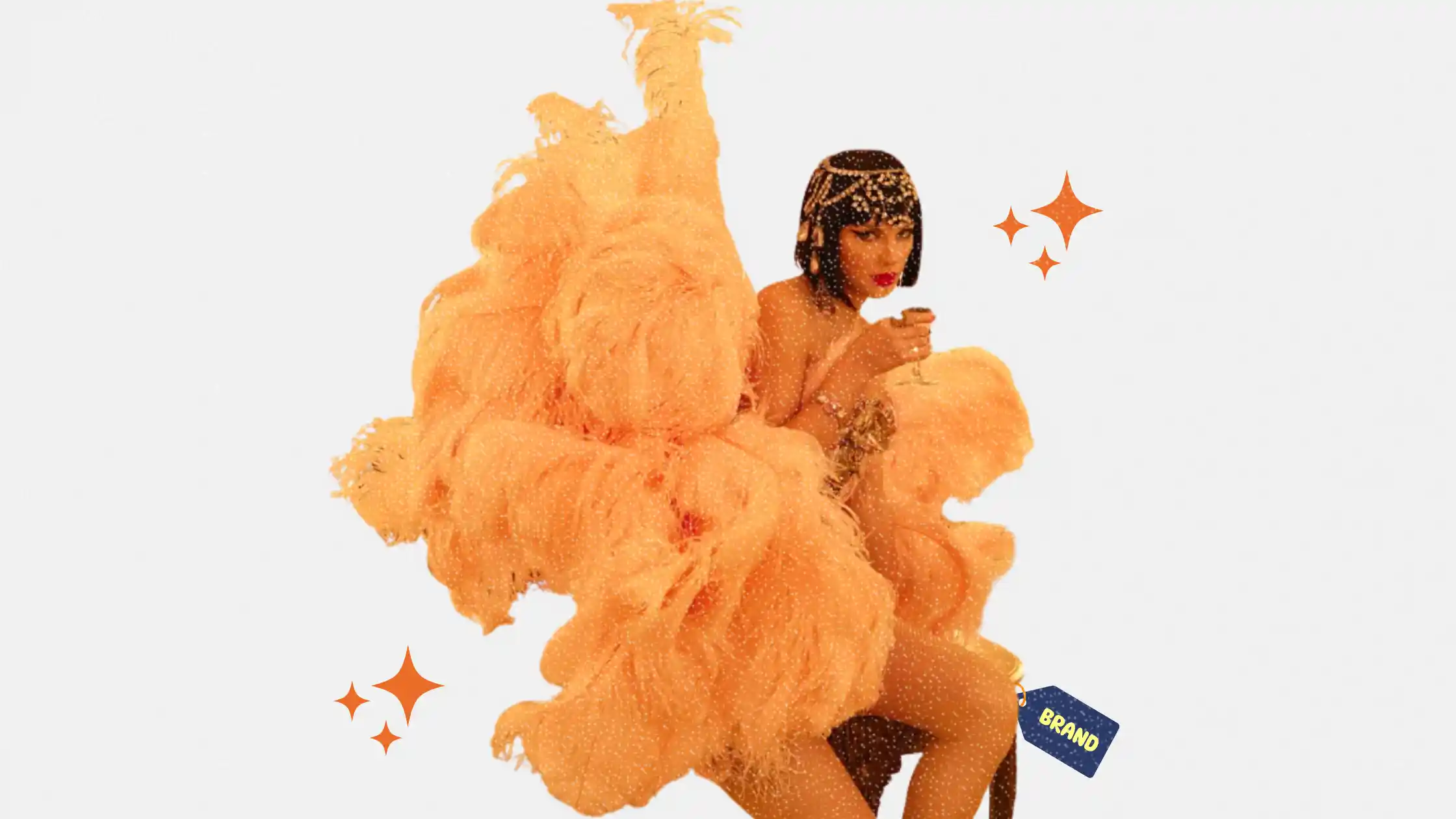
Taylor Swift doesn’t just drop albums. She reshapes marketing playbooks. This time, it wasn’t a surprise record or merch bundle that made waves. Instead, she filled cinemas worldwide with The Official Release Party of a Showgirl, a 90-minute behind-the-scenes feature tied to her 12th studio album, The Life of a Showgirl.
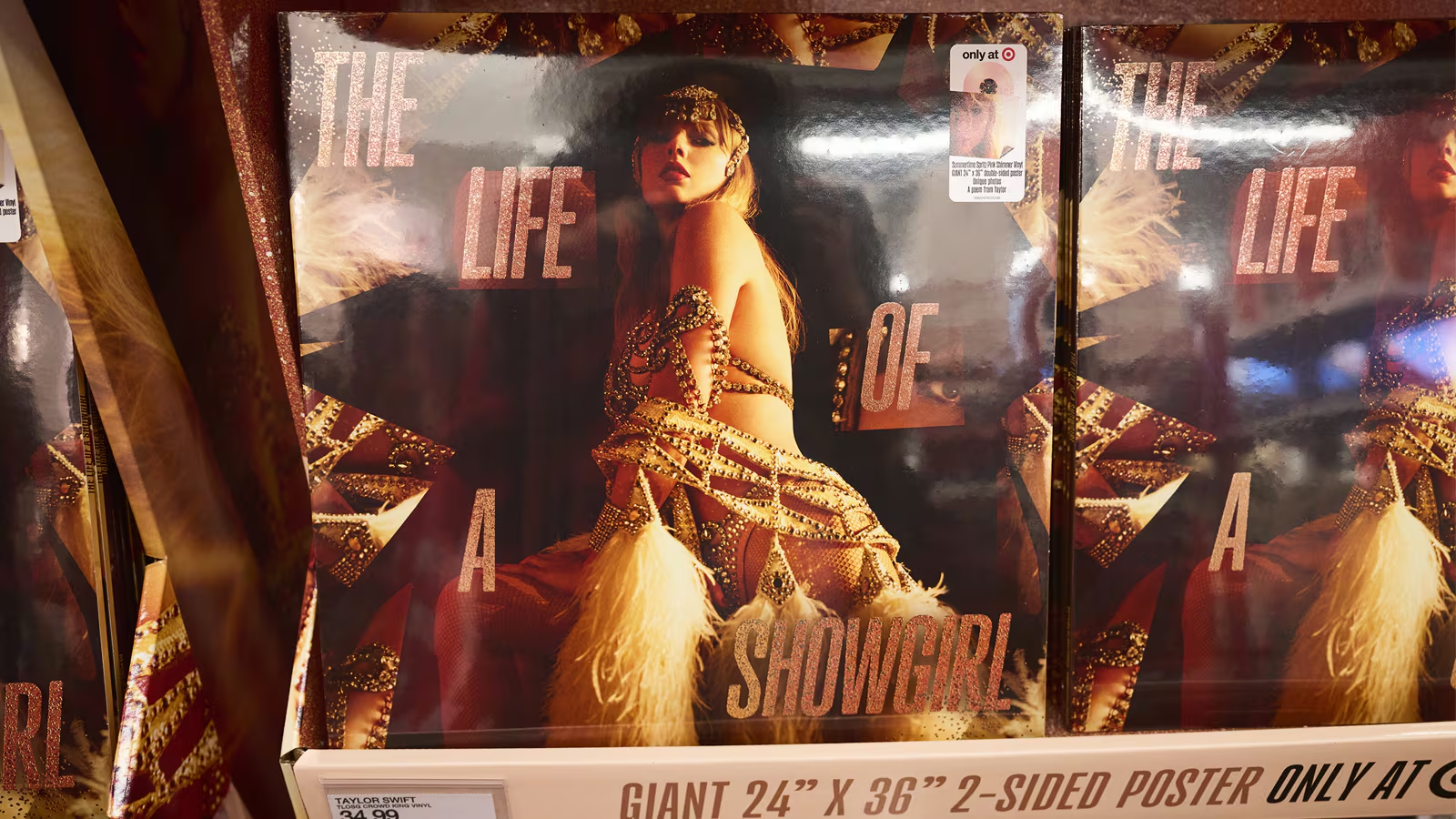
With no trailer, no traditional campaign, and only two weeks of lead time, Swift mobilized her fanbase using just a single social media post and the promise of a “dazzling soirée.” The result? US$50 million in global box office earnings in one weekend and a wave of brand trendjacking that turned her album release into a full-scale marketing moment.
This article explores how Swift’s nontraditional release strategy worked, which brands seized the opportunity, and what it all means for marketers looking to stay culturally relevant.
Short on time?
Here’s a table of contents for quick access:
- What happened: Swift’s unconventional strategy
- How she beat Hollywood’s biggest bets
- Brands that successfully trendjacked “Showgirl”
- What marketers should learn from it
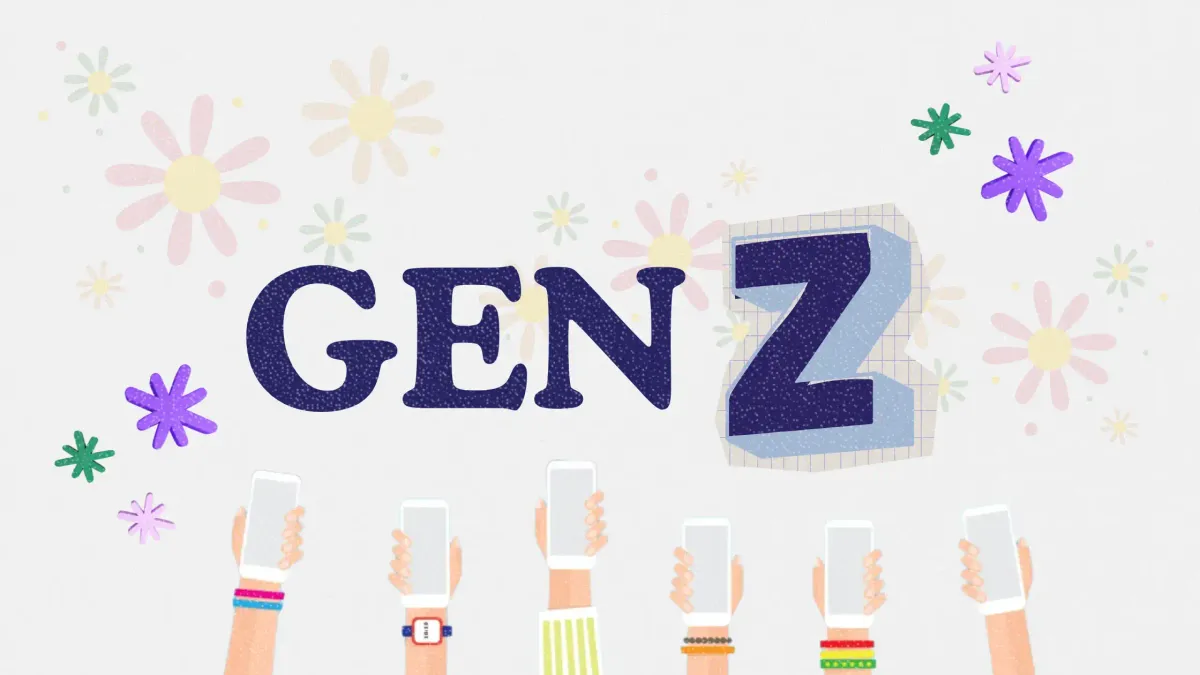
What happened: Swift’s unconventional strategy
From October 3 to 5, Swift’s film premiered in select theaters worldwide, timed with the release of her latest album. The project combined music video outtakes, lyric visuals, and creative commentary. Essentially, it was an elevated promotional asset dressed as a cinematic event.
The rollout was short, sharp, and entirely fan-facing. There was no trailer, no paid ads, and no studio hype cycle. Just a direct message from Swift herself on September 19 encouraging fans to come dressed in orange, wear friendship bracelets, and prepare to dance. It worked.
Fans flooded cinemas in themed outfits, and even the cinemas themselves joined in. Lido in Australia and Picturehouse in the UK dressed up staff and created custom in-theater experiences. The “release party” became a full-blown fan activation.
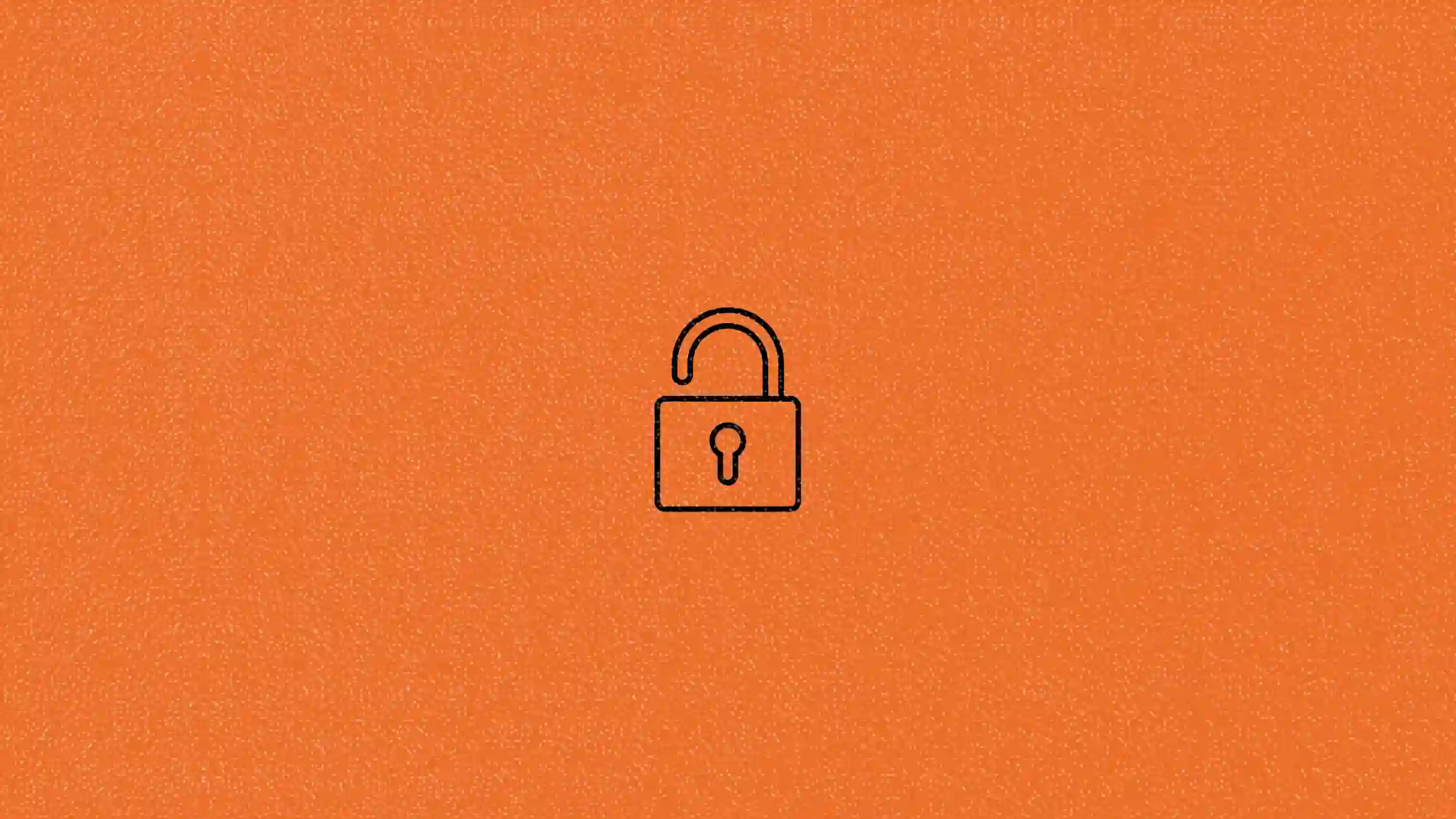
How she beat Hollywood’s biggest bets
While Oscar contenders were battling for attention, Swift’s behind-the-scenes feature took over the box office. It outperformed:
- A24’s Smashing Machine with Dwayne Johnson
- Warner Bros.’ One Battle After Another starring Leonardo DiCaprio
- Disney’s re-release of Avatar: Way of the Water
- Universal’s Gaby’s Dollhouse: The Movie
Swift’s film took over premium formats like Dolby, usually reserved for traditional blockbusters. Despite being a promotional feature, it earned an A+ Cinemascore and filled theaters during a quiet box office window.
Even rival studio executives acknowledged her impact. One anonymous insider said, “Without her business it would have been a really despairing weekend.”
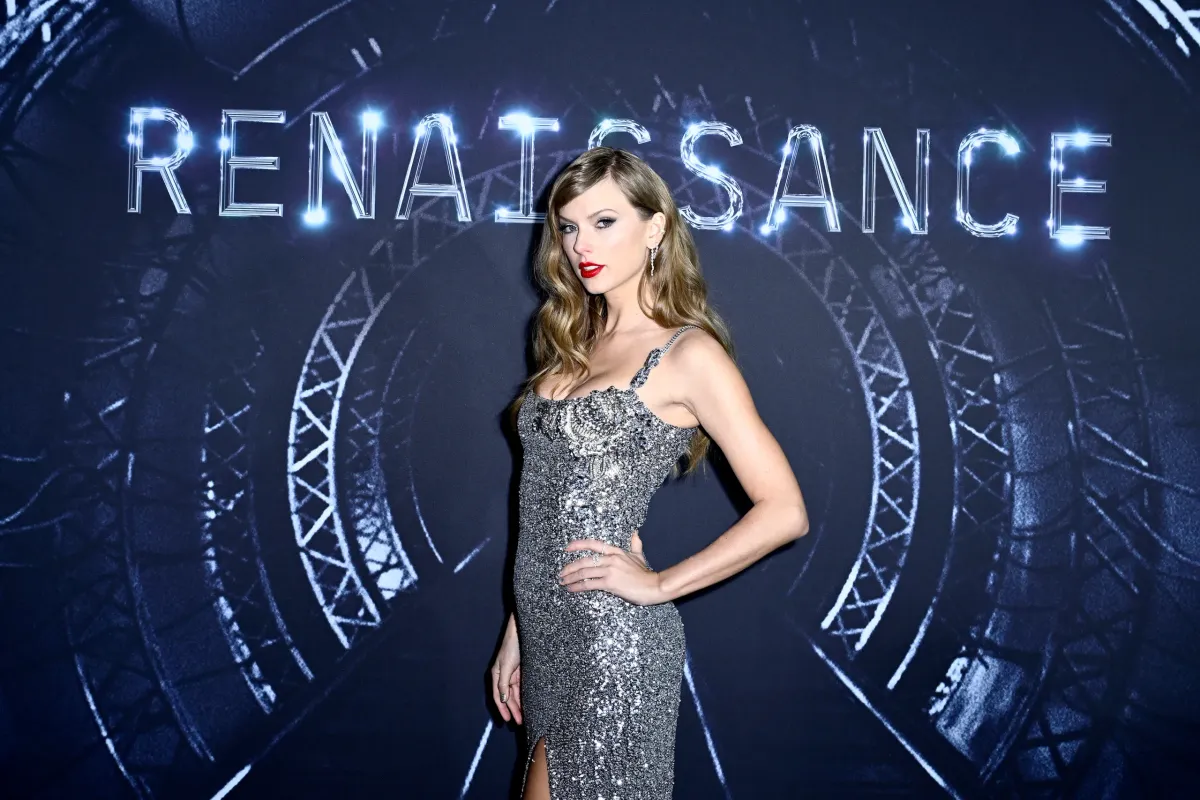
Brands that trendjacked the launch
Swift may have led the party, but several brands smartly joined the spotlight with creative, fan-centric activations. Here are the ones that stood out:
1. Uber Eats
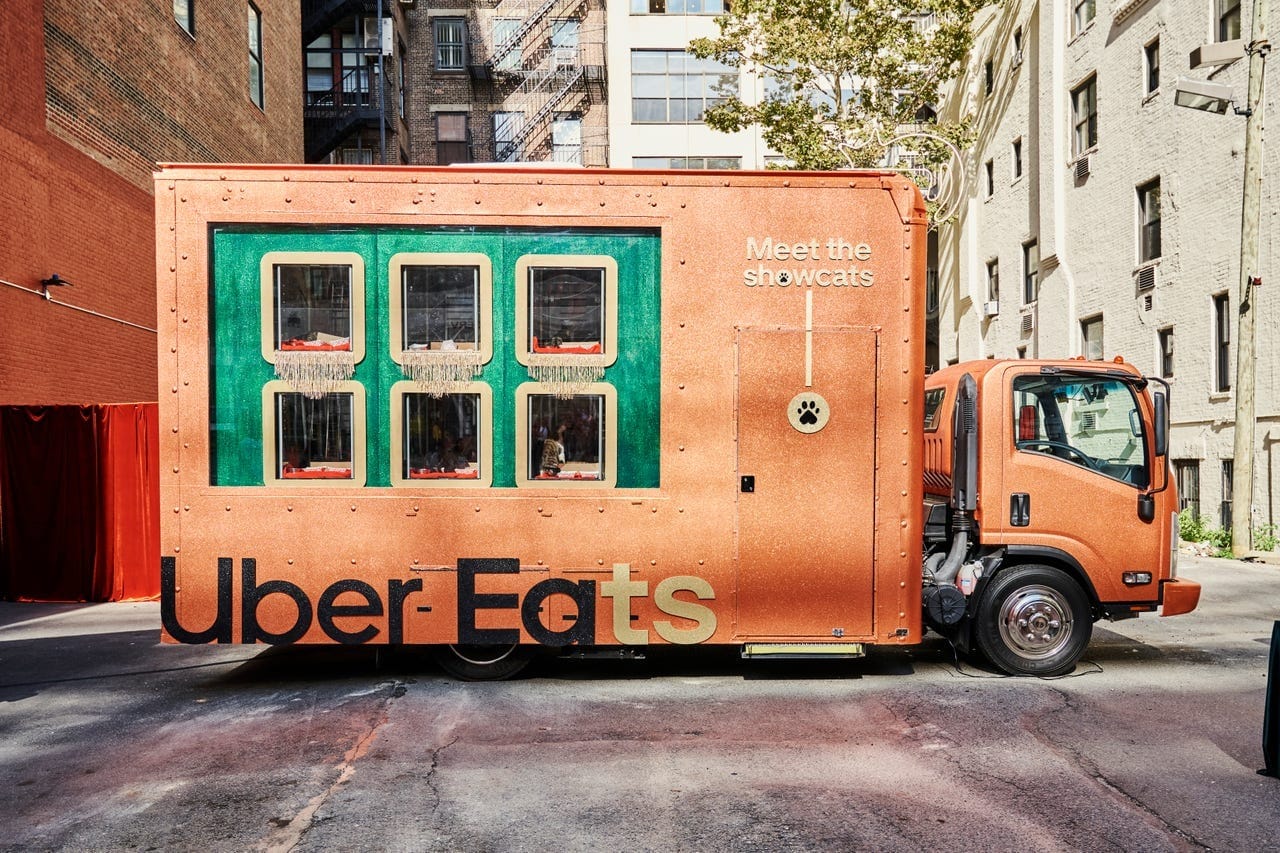
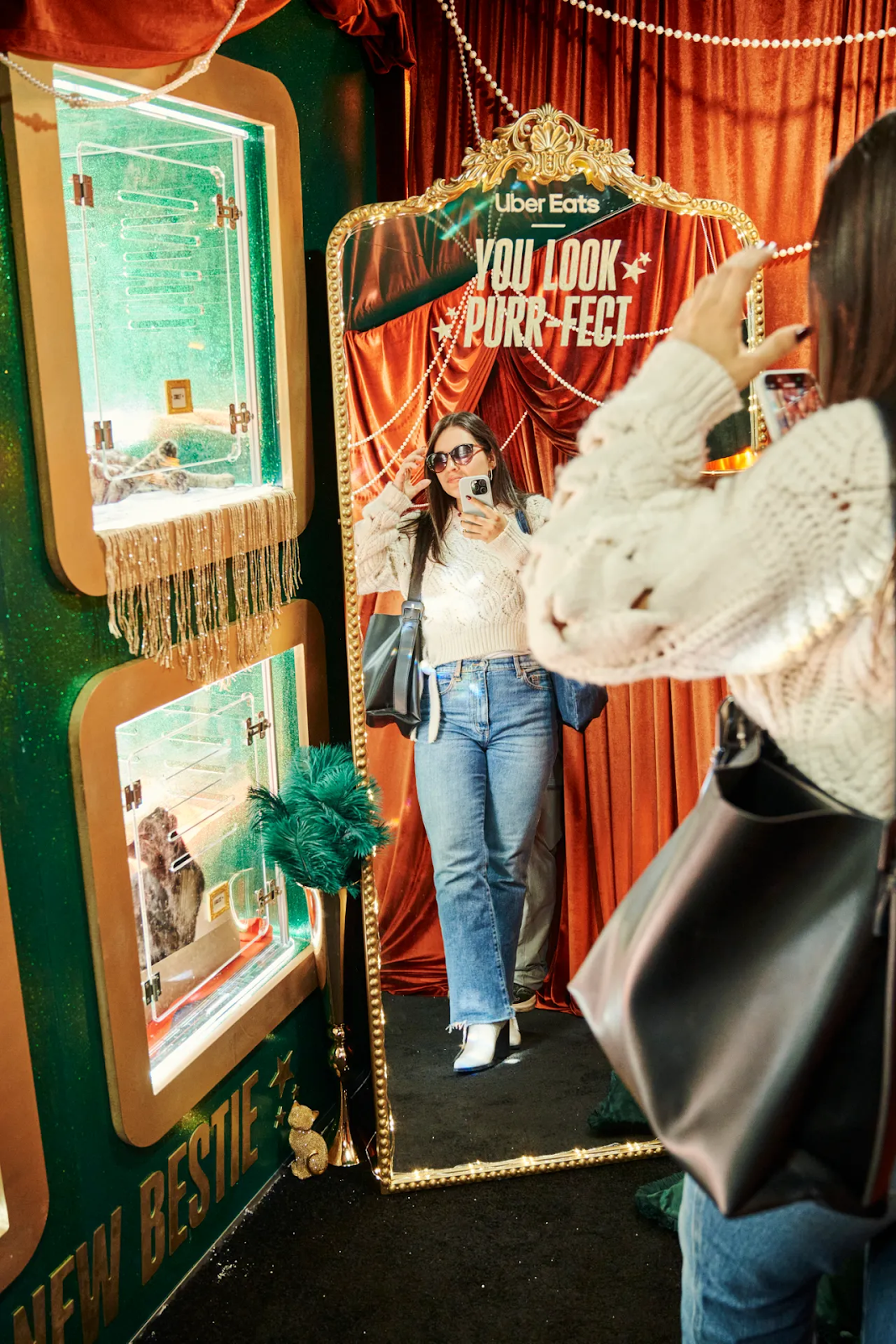
In New York, LA, and Nashville, the brand hosted “Uber Showcats,” a one-day pop-up where fans could cuddle and adopt cats, make charm jewelry, and grab themed treats like face gems and chai cookies. It partnered with Best Friends Animal Society to keep the activation purpose-driven.
2. TikTok
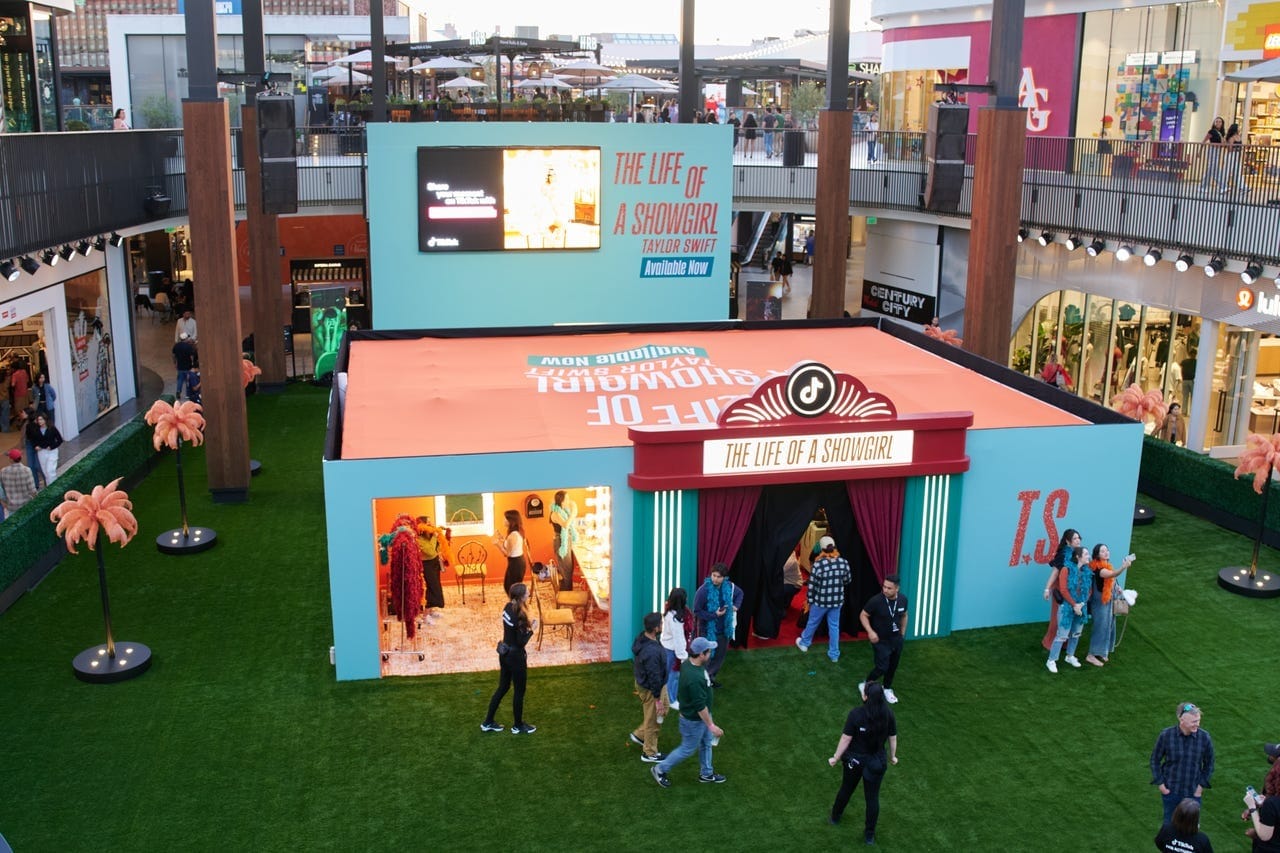
TikTok launched a month-long in-app experience featuring glitter-triggered animations, profile frames, and fan missions. It also hosted an in-person event at LA’s Westfield Century City mall with showgirl-themed sets and a recreated dressing room from Swift’s “Fate of Ophelia” music video.
3. Starbucks
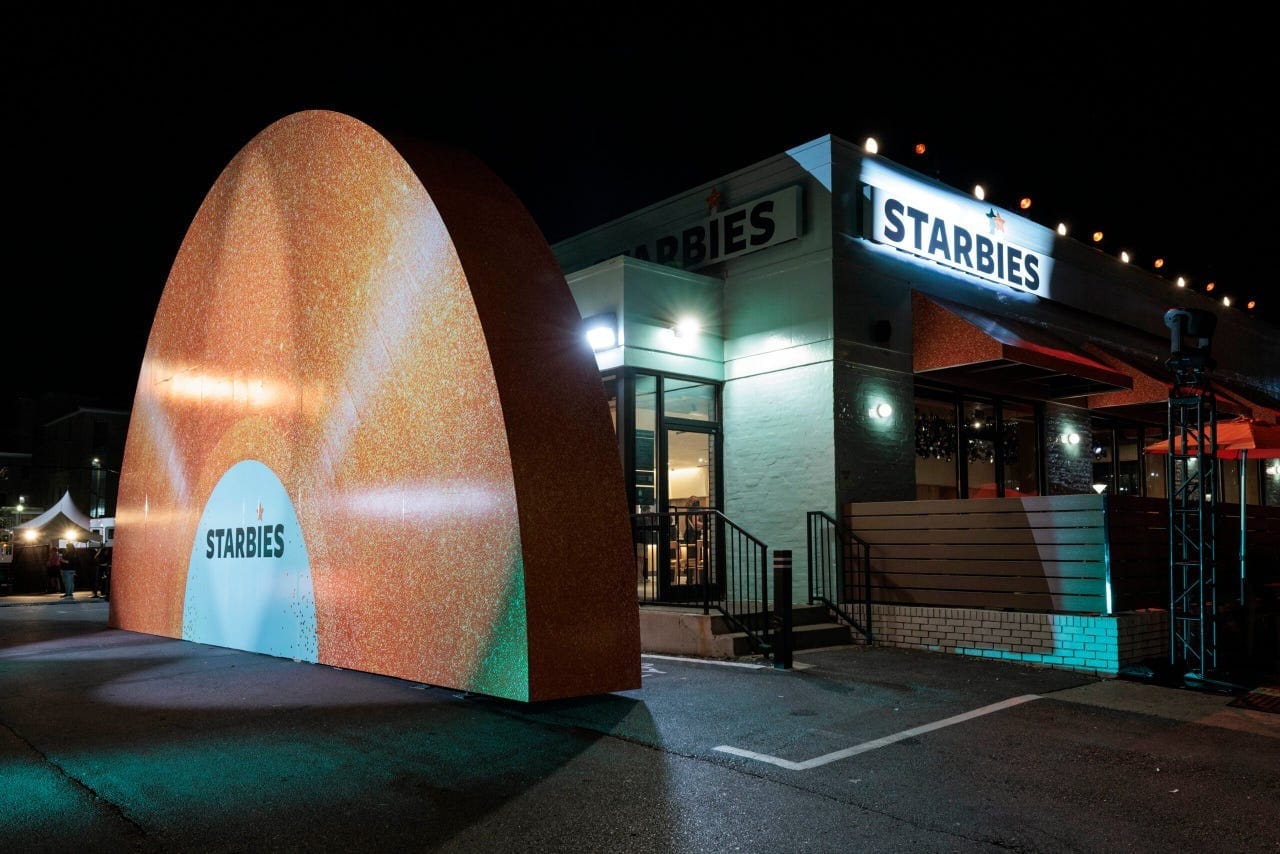
One Nashville location became “The Life of a Showgirl Starbies,” complete with a vinyl record shop, photo booth, and bracelet station. Themed playlists and a giant 41-foot glittering record rounded out the experience. Fans who spotted a hidden message in Starbucks’ social media got free drinks. The first 113,000 to find it claimed a reward.
4. KitchenAid
KitchenAid released a limited-edition Tangerine Twinkle Stand Mixer in Swift’s signature orange color. Only 12 were made as a nod to Swift’s 12th album. They were available through a sweepstakes, creating buzz through scarcity and exclusivity.
5. Krispy Kreme
The brand sold a dozen orange-glazed doughnuts for US$12, once again playing off the “12th album” theme. The price point and limited nature made it a low-lift way for fans to participate.
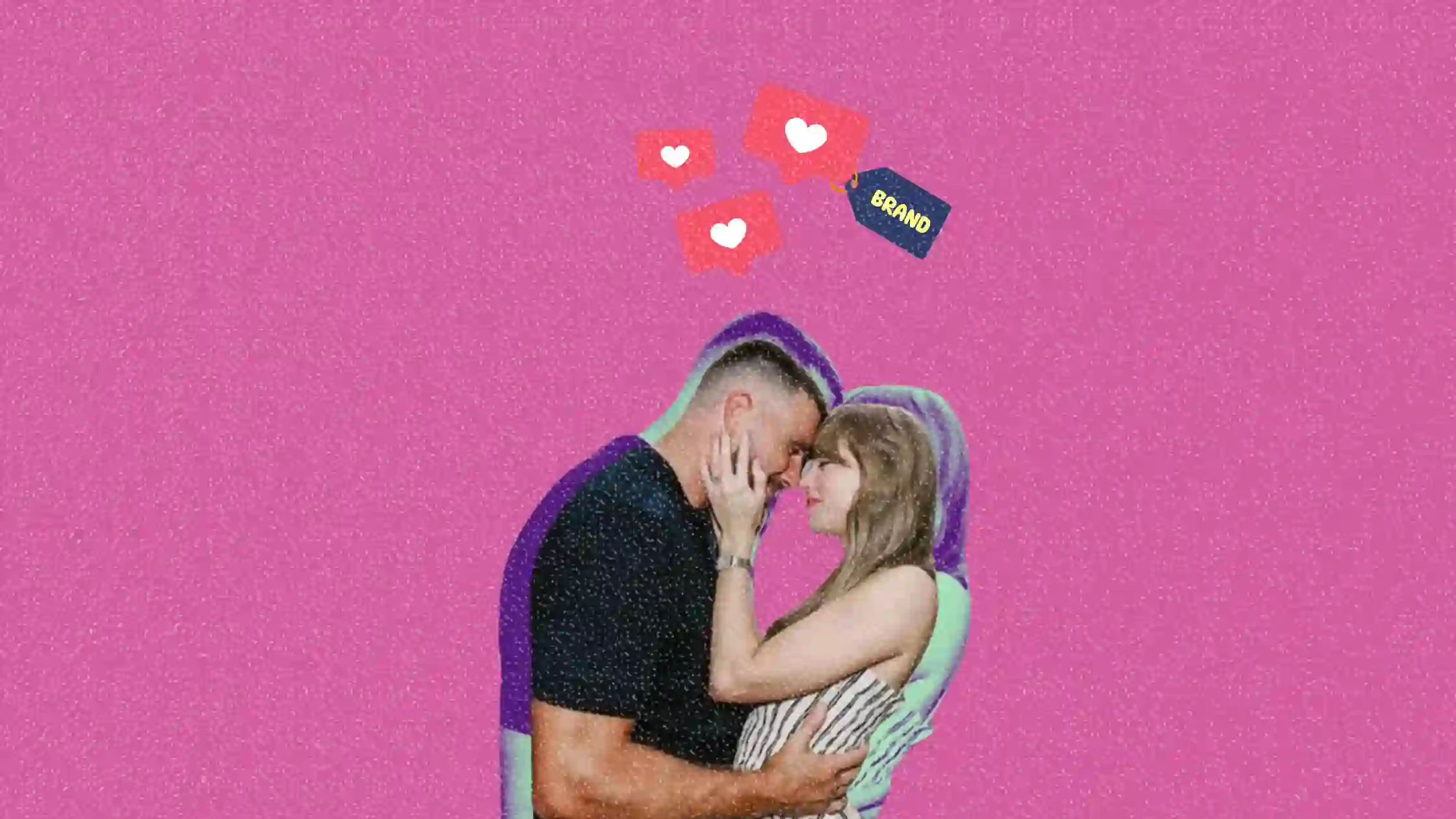
What marketers should learn from the Swift model
Swift’s latest rollout wasn’t just entertainment. It was a strategic case study in fan activation, cultural timing, and cross-channel synergy.
1. Cultural moments beat traditional campaigns
Swift didn’t launch a film. She created an event fans felt part of. Brands like Uber Eats and Starbucks embraced this and offered their own experiences that complemented, not competed with, the main event. The takeaway: think participation, not promotion.
2. Scarcity creates urgency
With a three-day window and no pre-sale hype, the Swift film felt exclusive. KitchenAid and Krispy Kreme echoed this approach with limited drops. Scarcity doesn’t just drive demand. It drives conversation.
3. Make the fan the star
Starbucks and TikTok let fans create content. Uber Eats offered bracelet-making and themed selfies. These activations didn’t push product. They invited fans to co-create the moment.
4. Match the tone, not just the trend
Each brand activation stayed on theme. They used Swift’s showgirl aesthetic, played with the color orange, and leaned into her fan culture. Trendjacking only works when the tone fits the brand and the moment.
Taylor Swift didn’t just release an album. She built a global, three-day cultural experience that generated US$50 million and pulled in big brands as co-conspirators.
The marketing magic wasn’t in the size of her audience. It was in the way she made that audience feel included, empowered, and celebrated. That’s the real strategy marketers should study.
Because in today’s world, attention may be affection—but participation is loyalty.






Leave a Reply